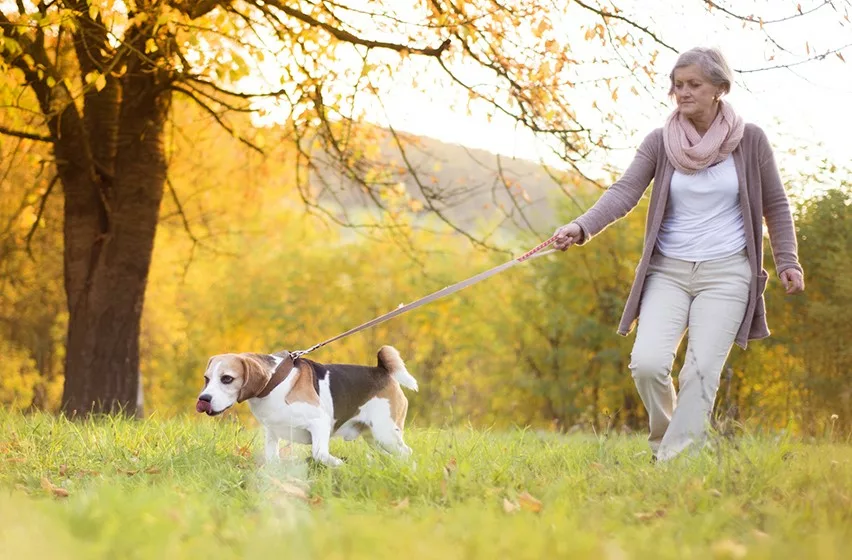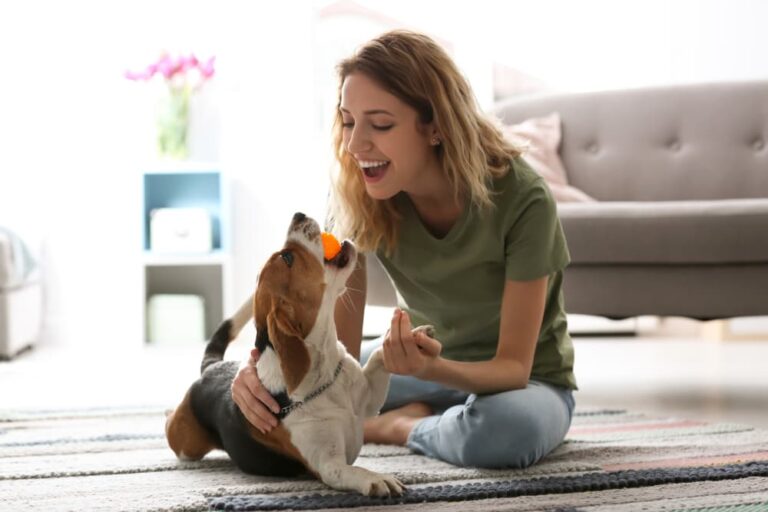
Understanding Dog Separation Anxiety and Pacing Behaviors
Share
As a health-conscious pet owner, you're likely attuned to the emotional and physical well-being of your dog. So when you start noticing signs like pacing and other anxious behaviors when you're away, it can be worrisome. Identifying and managing dog separation anxiety and pacing can be essential for maintaining not just your dog's health, but also your tranquility.
Before diving deep into managing this, it's crucial to fully comprehend what dog separation anxiety is. Think of it as your dog's way of expressing distress when separated from their human parent. Pacing, whining, and other such behaviors often accompany this fear, signaling an emotional struggle.

What Triggers Separation Anxiety in Dogs?
The root causes of this behavior can vary. From changes in routine to simply genetic predisposition, several factors contribute to separation anxiety. There's no one-size-fits-all explanationevery furry friend is distinct. To gain a comprehensive view of possible triggers, consider consulting experts like those available at the American Kennel Club.
Signs of Dog Separation Anxiety
Being able to identify symptoms early can spare your dog prolonged discomfort. Common signs include, but aren't limited to:
- Constant pacing when left alone
- Excessive chewing and destruction
- Frequent urination or defecation
- Continuous barking or whining
Realizing these symptoms early allows you to seek interventions that can ease their stress.
Effective Strategies to Tackle Dog Separation Anxiety
Encourage Calm Behavior Before Leaving and Upon Return
Begin by training your pet to stay calm when you're heading out. Offer treats and verbal encouragement when they're showing relaxed behavior. This method is thoroughly explored on Best Friends where they go through various training tips.
Establish a Comforting Environment
Provide toys that are associated with positive experiences or use interactive feeders. These distractions can reduce anxiety. Your dog's environment should also feel safe, sometimes a cozy spot or corner with your scent can work wonders.
Gradual Departure Training
This involves teaching your dog to tolerate your absence step by step. Start by leaving them alone for short periods, gradually extending the duration as they become more comfortable.
For an in-depth guide on harnessing this method, check the article on setting up the right tools.
When to Seek Professional Help?
If despite your best efforts, your dog's anxiety persists, it might be time to consult a specialist. Professionals can evaluate your dog's behavior and suggest courses of action tailored to their specific needa sentiment Medivet reiterates. Such interventions may include canine therapy or medications specifically designed to treat anxiety.
Helpful Resources Within Reach
Knowledge is the first step towards addressing anxiety. Ensuring you have the right insights from both external and professional resources can make a significant difference. For broad understanding and extra resources, take a look at this guide on dog training.

FAQs
Can diet influence my dog's anxiety levels? Yes, a balanced diet can affect overall health, which in turn influences anxiety. Consult your vet for specific food recommendations.
How can other pets help with anxiety? Sometimes having another pet can ease anxiety, but it depends on the individual dog's temperament.
Is pacing always a sign of anxiety? Not necessarily, sometimes dogs pace due to excitement, so observe them in different contexts to get a better idea.
This article contains affiliate links. We may earn a commission at no extra cost to you.
